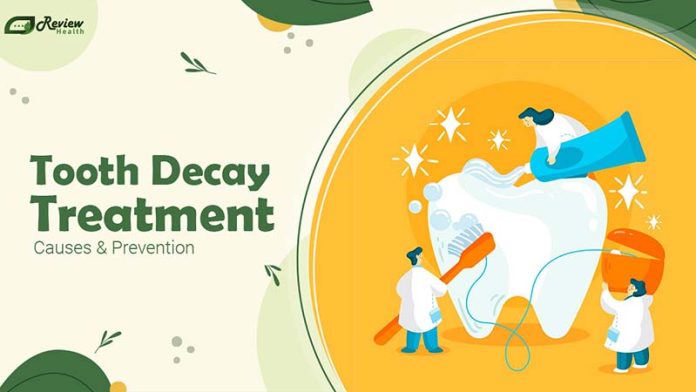Tooth decay is a common problem, especially for back teeth that are tough to clean because of their shape. But don’t forget, your front teeth can get cavities too, and that can really mess up your smile. So, what can you do to deal with this?
First things first, keep your teeth clean. Brushing and flossing regularly helps eliminate gunk and food bits, lowering your chances of getting cavities. Also, try to cut down on sugary and acidic foods to keep your enamel strong.
Make sure you see your dentist often for check-ups and cleanings. These visits can catch any cavities early and stop them from getting worse.
If you already have a cavity, don’t panic. There are treatments like fillings, crowns, or sometimes even root canals if it’s serious. Your dentist will figure out the best option for you.
Using fluoride products, like toothpaste and mouthwash, can also help strengthen your enamel and prevent cavities. They’re easy to find and can really make a difference in keeping your teeth healthy.
Remember, the best way to deal with tooth decay is to stop it before it starts. Keep up with your oral hygiene and see your dentist regularly to keep your smile bright and healthy.
Notes:
- Regular dental check-ups are super important; they can catch cavities early and stop them from getting worse.
- Using fluoride products can help make your teeth stronger and lower your chances of getting cavities.
What Is Tooth Decay?
Tooth decay, also referred to as dental caries or cavities, is a condition where tooth enamel breaks down, leading to the formation of cavities.
According to the American Dental Association (ADA), a tooth comprises three layers:
Enamel: This is the tough outer layer that shields the inner parts of the tooth. Enamel is incredibly strong and contains no living cells.
Dentin: Situated beneath the enamel, dentin is the tooth’s second layer. If the enamel gets damaged, dentin may become exposed. Dentin contains small tubes through which hot and cold foods can stimulate the tooth’s nerves, causing pain or sensitivity.
Pulp: Located at the center of the tooth, the pulp houses blood vessels, nerves, and connective tissue.
Tooth decay manifests in various degrees of severity. It can range from enamel erosion to the development of painful abscesses within the tooth’s pulp.
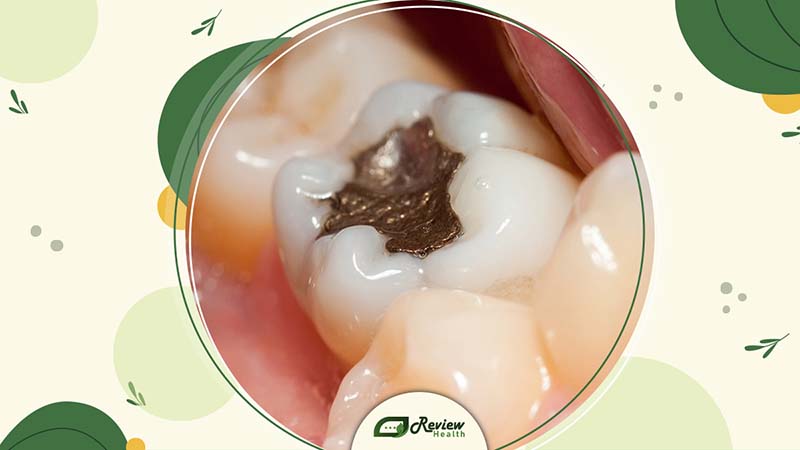
Causes Of Tooth Decay
Tooth decay, or cavities, is primarily caused by plaque, a sticky substance that adheres to teeth. Plaque is a blend of bacteria, saliva, acid, and food particles.
When you consume sugary foods or drinks, the bacteria in your mouth feed on the sugar, producing acid as a byproduct. This acid then combines with other elements to form plaque, which begins to accumulate on your teeth. Regular brushing is essential to remove this plaque buildup.
As plaque adheres to your teeth, the acid it contains gradually wears down the protective enamel layer. Enamel serves as a robust barrier against tooth decay, so as it weakens, the risk of cavities increases.
While everyone is susceptible to cavities, certain factors can elevate the risk, including:
– Consuming excessive sugary or acidic foods and drinks

– Maintaining a poor oral hygiene routine, such as infrequent brushing or flossing
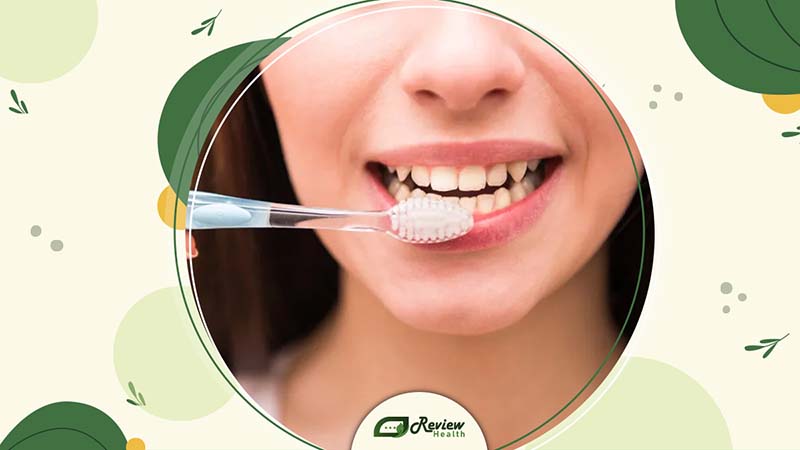
– Inadequate fluoride intake, which helps strengthen enamel
– Dry mouth, which reduces saliva flow and its protective effects
– Eating disorders like anorexia or bulimia, which can expose teeth to stomach acid
– Acid reflux disease, leading to stomach acid wearing down tooth enamel
Cavities tend to develop more frequently in the back teeth due to their grooves and crevices, which can trap food particles. Additionally, these teeth may be more challenging to clean thoroughly with brushing and flossing.
Signs Of Tooth Decay
The indications of tooth decay can differ, depending on the number and location of cavities present. Initially, when tooth decay starts, you might not notice any symptoms. However, as cavities progress, they can lead to the following signs:
- Toothache and Discomfort: Persistent toothache or discomfort in the affected area.
- Tooth Sensitivity: Increased sensitivity, especially when consuming hot, cold, or sweet foods and beverages.
- Pain while Eating or Drinking: Experience mild to sharp pain while biting down or consuming certain foods or drinks.
- Visible Holes or Pits: Noticeable holes or pits on the surface of the affected teeth.
- Staining: Presence of brown, black, or white stains on any surface of the tooth.
- Pain when Biting Down: Pain or discomfort when biting down or applying pressure to the affected tooth.
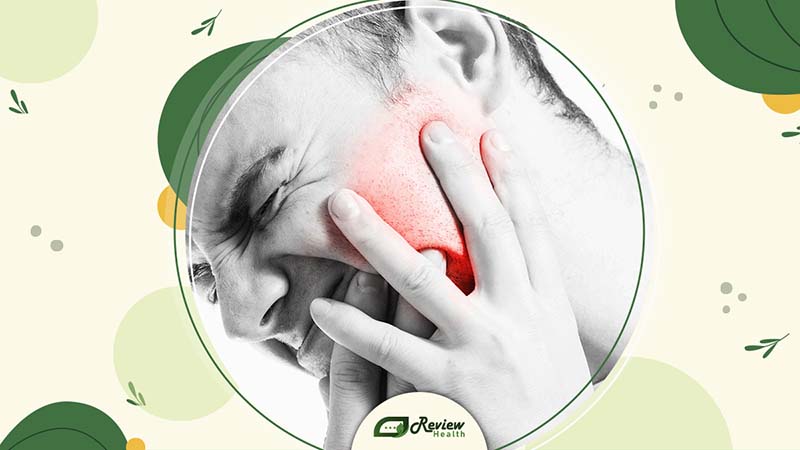
If you observe any of these signs, it’s crucial to consult your dentist promptly for evaluation and appropriate treatment. Early detection and intervention can prevent further progression of tooth decay and preserve dental health.
Tooth Decay Prevention
Tooth decay is a prevalent issue affecting individuals of all ages. It occurs when the enamel, the tough outer layer of your teeth, is damaged by a sticky film of bacteria called plaque. This can lead to cavities, infections, and even tooth loss if not promptly addressed. However, tooth decay is largely preventable with proper oral hygiene and dietary habits.
Don’ts
- Frequent Snacking on Sugary Foods and Beverages: Regularly indulging in sugary snacks and drinks provides a constant food source for mouth bacteria, leading to acid production that attacks tooth enamel.
- Neglecting Oral Hygiene: Skipping daily brushing and flossing allows plaque to accumulate on teeth, increasing the risk of decay.
- Ignoring Fluoride: Avoiding fluoride, found in toothpaste, mouth rinses, or water, can weaken enamel, making it more vulnerable to decay. Fluoride helps remineralize and strengthen tooth enamel.
- Dry Mouth: Saliva naturally cleanses teeth and neutralizes acid produced by bacteria. A dry mouth lacks this defense against decay, so it’s essential to avoid situations that reduce saliva production, such as certain medications or breathing through the mouth.
- Using Teeth as Tools: Using teeth to open bottles or tear through packaging can cause chips and cracks, providing hiding spots for bacteria to create cavities.
Do’s
- Regular Brushing and Flossing: Brushing with fluoride toothpaste twice a day and daily flossing are crucial for removing plaque and preventing tooth decay.
- Use of Fluoride: Incorporating fluoride toothpaste and drinking fluoridated water strengthens tooth enamel, making it more resistant to decay.
- Eating a Balanced Diet: Opt for foods low in sugar and rich in essential nutrients to protect your teeth from decay.
- Regular Dental Checkups: Schedule cleanings and checkups with your dentist at least twice a year to prevent dental issues before they arise.
- Sealants: Dental sealants offer a protective layer over the chewing surfaces of back teeth, preventing decay in the crevices and fissures of these teeth.
Tooth Decay Treatment
A dentist will recommend treatment for tooth decay based on its severity. Treatment options may include:
Fluoride Application: In the early stages of decay, fluoride application is highly effective in preventing further progression. Fluoride strengthens tooth enamel, protects against acid erosion, and can even repair damaged enamel. It’s commonly found in toothpaste and may also be applied directly to the affected tooth in the form of a gel, varnish, or paste.
Dental Fillings: When cavities are limited to the enamel, without affecting the inner pulp, dental fillings are often used. Fillings can be made of amalgam (silver) or tooth-colored composite materials. They replace the decayed portion of the tooth and are sealed in place with dental cement. Inlays and onlays, made of more durable materials like gold, may also be utilized.
Dental Crowns: For more extensive decay, dental crowns may be necessary. This involves removing the decayed part of the tooth and placing a crown over the remaining structure. Crowns can be made of various materials such as porcelain, ceramic, gold, or glass, restoring the tooth’s shape and function.
Root Canal Treatment: When decay reaches the inner pulp of the tooth, causing intense pain or infection, root canal treatment may be required. This procedure involves removing the damaged pulp and replacing it with a synthetic material called gutta percha, effectively saving the tooth from extraction.
Tooth Extraction: In severe cases where the tooth is extensively damaged and decayed, extraction may be necessary to prevent further complications. Following extraction, options like partial dentures, dental bridges, or implants may be considered to restore the appearance and function of the missing tooth.
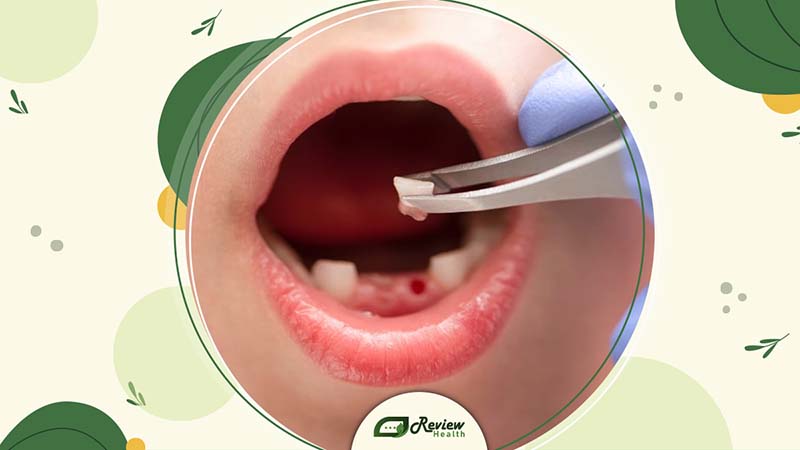
It’s essential to consult with a dentist for proper evaluation and personalized treatment recommendations based on individual needs and the extent of tooth decay. Early intervention can help preserve dental health and prevent complications.
Restoration Methods After Tooth Decay Treatment
After undergoing treatment for tooth decay, restoring the affected teeth is crucial to regain function, aesthetics, and durability. The choice of restoration method depends on factors such as the extent of decay, the condition of the tooth post-treatment, and the patient’s overall oral health and preferences. Here’s an overview of common restoration methods used after tooth decay treatment:
- Dental Fillings: Dental fillings are typically used for minor to moderate decay. After removing the decayed portion, the cavity is filled with materials like composite resins, dental amalgam, gold, or porcelain. Composite resins are popular for their ability to match the natural tooth color.
- Inlays and Onlays: Inlays and onlays are utilized when decay is too extensive for a filling but not severe enough to warrant a crown. They are pre-made in a dental lab and then bonded onto the tooth. Inlays fit within the cusps, while onlays cover one or more cusps. These can be made from gold, porcelain, or composite materials.
- Dental Crowns: Dental crowns are necessary for extensively damaged teeth. They cover the entire visible part of the tooth above the gum line, restoring its shape, size, strength, and appearance. Crowns can be made from metal, porcelain fused to metal, all-ceramic, or all-resin.
- Dental Veneers: Veneers are suitable for teeth with surface damage or aesthetic issues post-decay treatment. These thin shells of porcelain or composite material are bonded to the front surface of teeth, enhancing their appearance.
- Root Canal Therapy: When decay reaches the tooth’s pulp, root canal therapy may be needed before reconstruction. This involves removing infected pulp, cleaning, disinfecting the inside of the tooth, and filling and sealing it. A crown is often placed afterward for protection.
- Dental Implants: Dental implants are a durable option for tooth loss due to decay. A titanium post is surgically placed into the jawbone to replace the tooth root, topped with a dental crown to mimic a natural tooth.
- Bridges: Dental bridges are used to replace one or more missing teeth. Artificial teeth are anchored by crowns on adjacent natural teeth or by dental implants.
Choosing the appropriate restoration method should be done in consultation with a dentist to ensure the best outcome for oral health and aesthetics.
Before And After Tooth Decay Treatment
Comparing the state of oral health, aesthetics, and functionality before and after tooth decay treatment underscores the significant impact of modern dental interventions on patients. Here’s a closer examination of the differences observed before and after treatment for tooth decay:
Before Tooth Decay Treatment |
After Tooth Decay Treatment |
|
|---|---|---|
| Oral Health | Tooth decay greatly compromises oral health, leading to cavities, infections, and potentially abscess formation. Symptoms such as pain, sensitivity to temperature, and discomfort while eating are common. | Treatment involves removing decay and addressing any associated infections, significantly improving oral health. Procedures like fillings, crowns, and root canals alleviate pain and sensitivity, preventing further decay or tooth loss. |
| Aesthetics | Untreated tooth decay can result in visible holes, discoloration, and overall deterioration of the smile. This can impact confidence and willingness to smile openly. | Untreated tooth decay can result in visible holes, discoloration, and overall deterioration of the smile. This can impact confidence and willingness to smile openly. |
| Functionality |
Decay can impair chewing ability and speech clarity. Severe cases may result in tooth loss, affecting dietary choices and overall nutrition. |
Restorative treatments restore full functionality to teeth. Patients can chew effectively, speak clearly, and enjoy a wider range of foods. Properly reconstructed teeth distribute chewing forces evenly, preventing excessive wear on other teeth and supporting overall jaw health. |
Overall, tooth decay treatment not only addresses oral health issues but also enhances aesthetics and functionality, significantly improving the quality of life for patients.
Conclusion
Understanding the stages of tooth decay is crucial for both prevention and treatment. Early intervention can prevent irreversible damage, with options ranging from fluoride treatments to root canals depending on the decay’s stage. At Review Health, we emphasize the importance of regular brushing, reducing sugar intake, and consistent dental visits to maintain oral health.
Tooth decay is common among adults, affecting nine out of ten people over the age of 20. While the severity can vary, effective treatments are available. Anyone with symptoms should seek prompt dental evaluation and treatment to avoid complications like tooth loss and more severe oral health issues. Early action is essential to protect dental health and prevent further issues.

